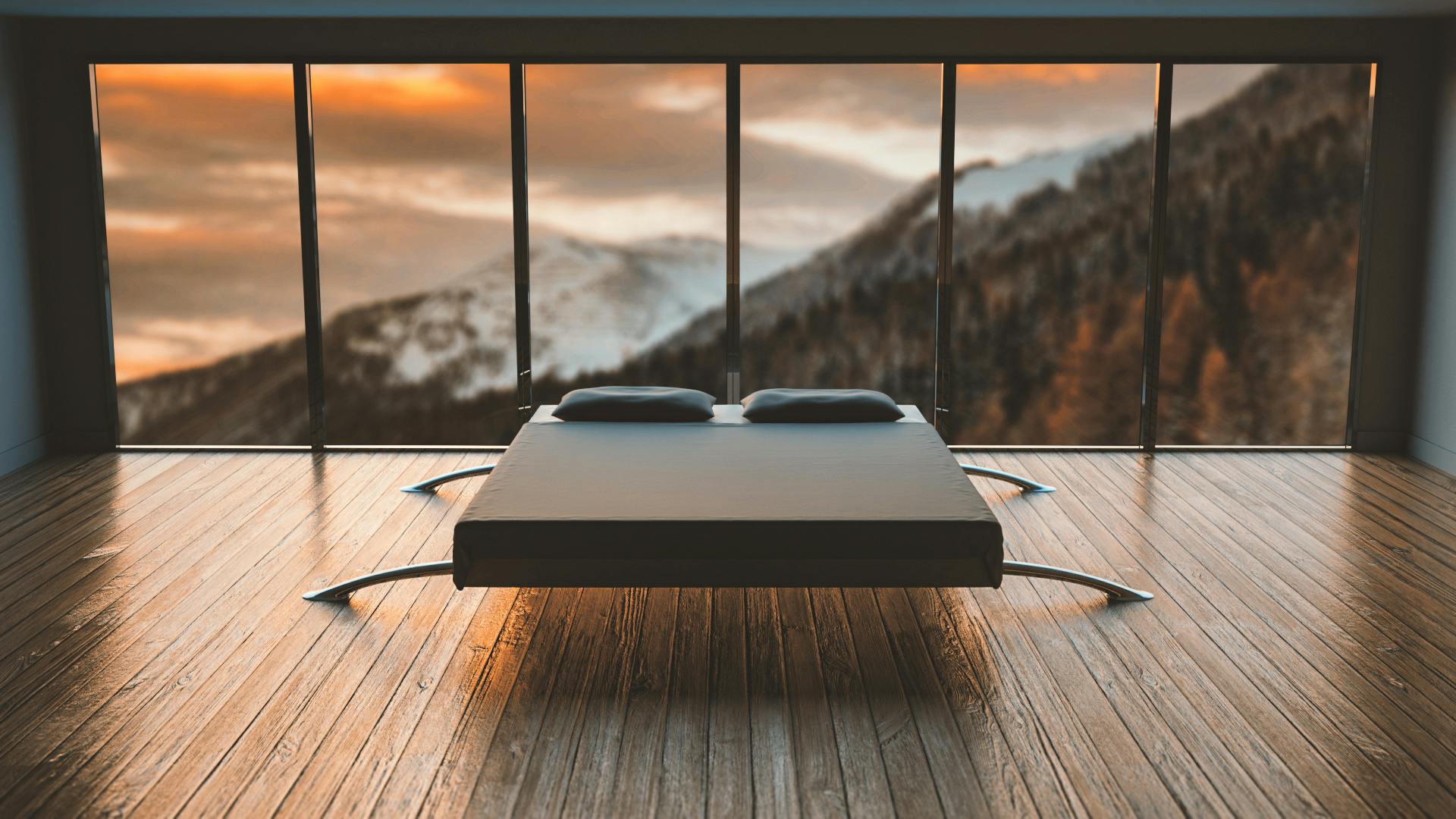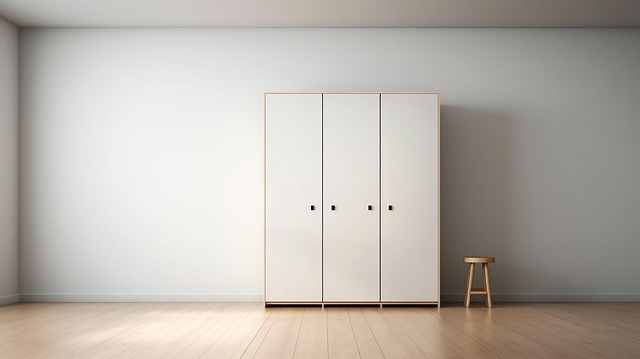Reimagining Spaces: The Rise of Multifunctional Home Design
The 21st century has ushered in a new era of home design, one that values functionality as much as aesthetics. Modern homeowners are now seeking spaces that can adapt to their ever-evolving needs and lifestyles. This has given rise to the concept of multifunctional design—an innovative approach to home styling that combines practicality and style in unique ways.

Multifunctional Design: A Historical Overview
The concept of multifunctional design is not entirely new. As far back as the 20th century, designers have been dabbling with the idea of versatile and adaptable spaces. However, it was in the late 1990s and early 2000s that this concept began to take root, driven by the rise of small-space living in urban areas. Today, as the world continues to grapple with the implications of the COVID-19 pandemic, the need for multifunctional spaces has become more profound than ever.
The Modern Appeal of Multifunctional Design
Multifunctional design is gaining popularity for several reasons. For one, it offers a solution to the challenge of limited space. By creating rooms that can serve multiple purposes, homeowners can maximize their living areas without compromising on comfort or style. Moreover, multifunctional design reflects the modern lifestyle’s dynamic nature, accommodating various activities and needs within a single space.
Practicality and Market Trends
From a practical standpoint, multifunctional design holds significant advantages. It promotes efficient use of space, enabling homeowners to get more out of their homes. On the market front, multifunctional design is a hot trend. Property developers are incorporating this concept into their projects, recognizing its appeal to today’s buyers. The market for multifunctional furniture is also growing, with consumers showing considerable interest in pieces that offer adaptability and versatility.
Enhancing Daily Living
Ultimately, multifunctional design enhances daily living by creating spaces that are flexible, efficient, and accommodating. It allows homeowners to tailor their homes to their unique needs and lifestyles, providing a level of personalization that traditional design principles cannot match. From home offices that double as guest rooms to kitchens that serve as dining and entertainment spaces, multifunctional design is redefining the way we live.
Conclusion
As we navigate the complexities of modern life, the appeal of multifunctional design becomes increasingly evident. This innovative approach to home styling offers a balance of practicality and aesthetics, making it an ideal choice for today’s homeowners. With its focus on adaptability and versatility, multifunctional design is set to shape the future of home design, offering a fresh, unique perspective within the home and garden category.




